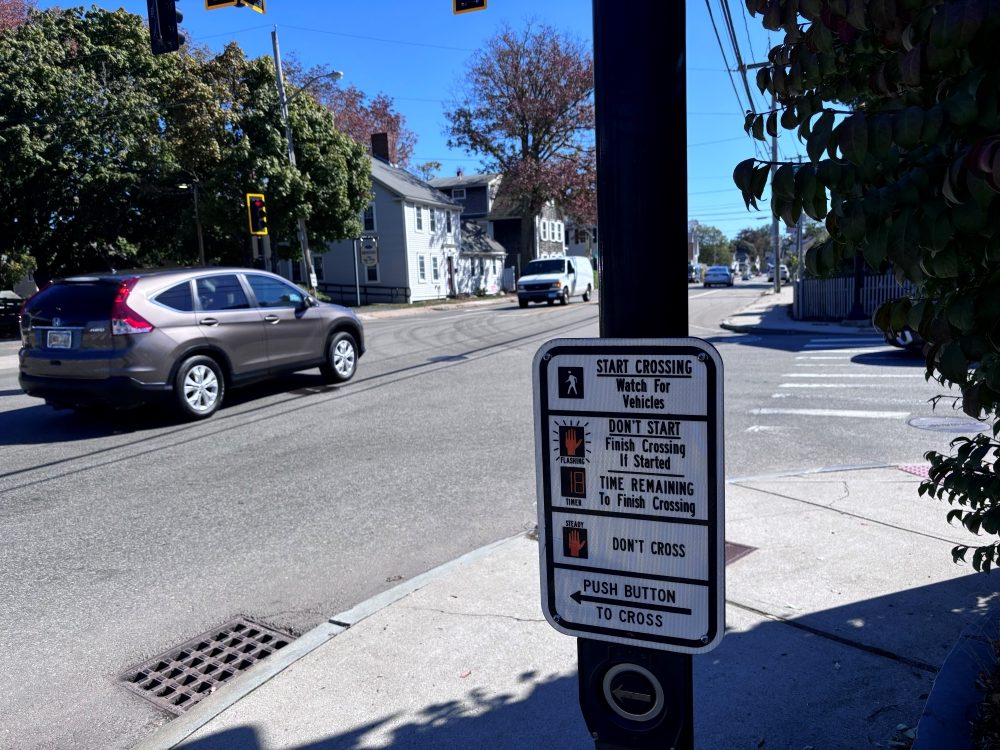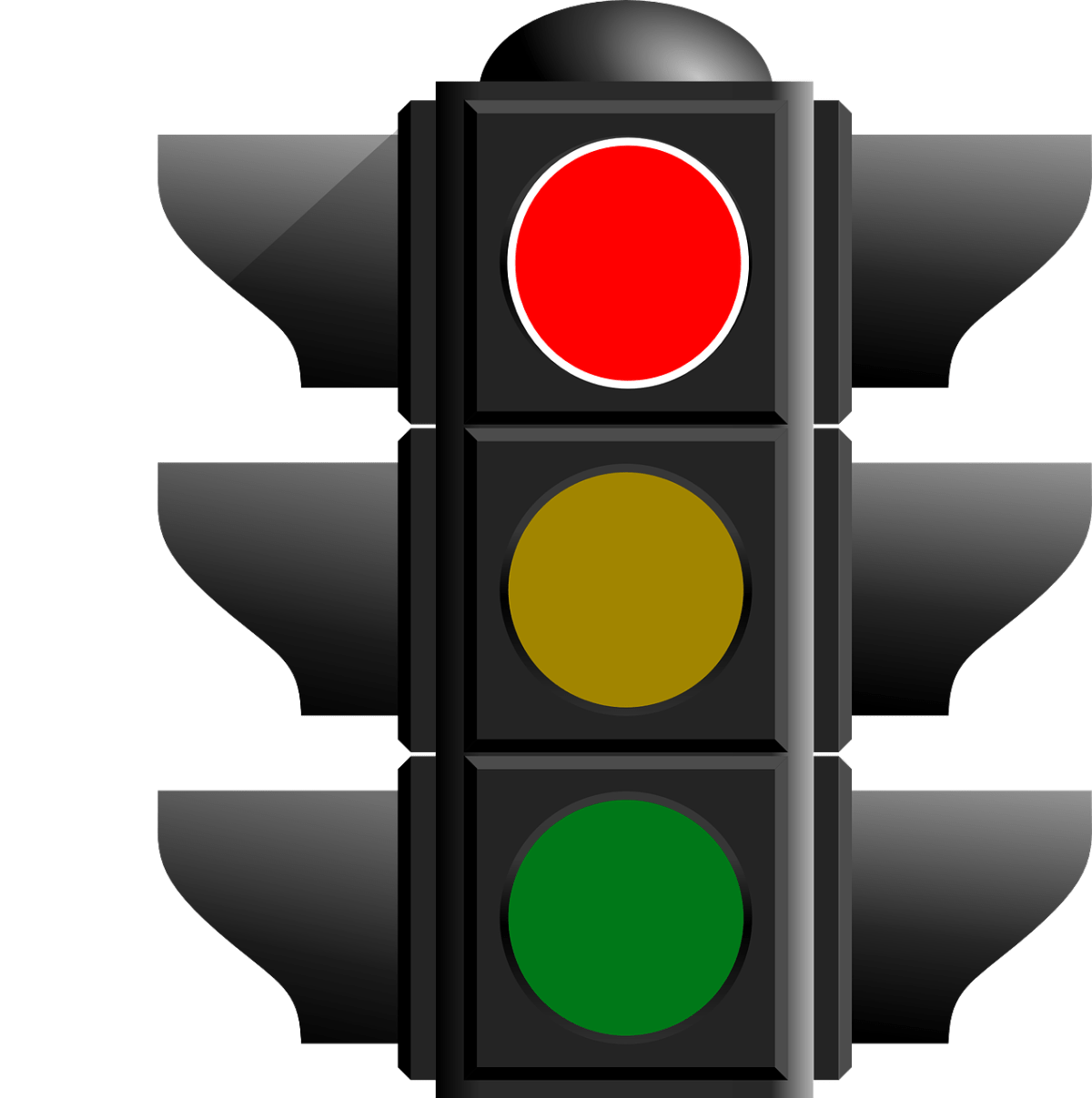“This is what it has come to.”
So begins the trailer for “Mad Max 2: The Road Warrior.” In director George Miller’s 1981 apocalyptic classic, rules of the road get run over as unhinged drivers race to avoid extinction. The wild ride doesn’t end well for most.
It reminds me of driving around Plymouth.
Based on my near-death experiences – and the many emails I’ve received – traffic regulations today carry no more weight than a Facebook “like.” Road-safety instructions, the kind our parents drilled into our underdeveloped brains as teenagers, have become mere suggestions for some drivers. For others, they are an annoyance, another symbol of government overreach – something to be defied in the name of “personal freedom.”
Like so much else in today’s fractured society, a perpetual state of aggression is the new norm, even for tooling about town. Whether it’s a white-knuckled drive to pick up the toddler at daycare before the late fee kicks in, or an urgent Dunkin run, motorists often act as mad as Max. Get in their way at your own peril.
Bad driving is hardly a new phenomenon. Comedians have mined the Massachusetts driver stereotype since horse-and-buggy days. But there’s nothing funny about what’s happening here in Plymouth. It’s become a war zone on the roads, and without any generals to give orders.
I have my thoughts as to why. You may have your own. (If you do, please let me know.)
The first one is obvious: The town’s population has swelled, but heavily traveled routes – like Court Street, Halfway Pond Road, Long Pond Road, State Road, South Street, and Summer Street – have not gotten wider. Route 3, the only major north-south route, has been a traffic nightmare for decades.
Then there’s the proliferation of massive pickup trucks for everyday use, like hauling groceries from Market Basket. These behemoths take up more space on already crowded streets. They’re hard to see over or around. Worse, giant trucks create a false sense of safety for their operators, which can lead to lack of vigilance. Truck drivers sit high off the street surface, insulated from their surroundings, removed from where the “rubber hits the road.” A Ford F-150 at more than 6,000 pounds is pretty much a fortress on wheels. By comparison, a Honda Civic tips the scales at about 3,000 pounds.
A third possible reason: Police may be more reluctant to pull over drivers. It’s a nationwide phenomenon, not endemic to Plymouth. In a July New York Times story, data analysis of traffic stops in major US cities showed that the onset of Covid lockdowns and restrictions in 2020 “accelerated a shift that began in many places before the pandemic, suggesting that the police have pulled back from a part of their job that has drawn especially sharp criticism. To many communities, traffic stops have led to racial discrimination, burdensome fines and deadly encounters — not road safety.”
As enforcement has declined, road deaths nationwide have increased.

If you think I’m exaggerating the state of driving in Plymouth, try this experiment: Stand on the sidewalk at a busy intersection and observe. You’ll soon notice that a yellow light is meaningless – drivers don’t even bother to slow down. (To refresh your memory, state law says this: “A steady yellow circle means the traffic signal is changing from green to red. You must stop if it is safe.”) A red light gets only slightly more respect.
On a recent morning, I spent a total of 40 minutes at two intersections to test my theory that traffic enforcement is, to be kind, lax. In total, I watched 25 drivers run a red light. Eighteen of the infractions took place at the intersection of South and Sandwich streets, including this example:
Most of the drivers came from South Street. At the Myles Standish Plaza (Stop & Shop) lights on Samoset Street, seven vehicles ignored the red light, all of them going east or west on Samoset, including this truck:
I wondered, are police taking notice? And if so, what can they do about it?
Plymouth Police Sgt. Benjamin Dexter, the department’s data whiz, supplied me with a spreadsheet showing statistics for the category of moving violation stops that includes running a red light. Stop sign and yield sign infractions are also covered under the same statute – Massachusetts General Law, Chapter 89, Section 9.
But the numbers – which go back to 2020 – do provide an idea of how often drivers have been pulled over for these types of violations.
For the last full calendar year – January through December 2023 – police wrote 86 tickets, along with 908 warnings. This year, through Oct. 3, they issued 82 tickets and 877 warnings, which puts them on a pace to slightly best the 2023 numbers, and is significantly above 2020 and 2021 figures, when traffic volume was lower because of Covid.
With the understanding that the police department is responsible for covering all sorts of incidents over more than 100 square miles, I reached out to Chief Dana Flynn to talk about where traffic enforcement falls on his scale of priorities. He didn’t want to have a phone conversation.
“To ensure proper documentation for accurate reporting, and to alleviate the potential for any misunderstanding or misinterpretation, I prefer to provide written responses to your submitted questions,” he wrote in an email.
Journalists resist “interviewing” people by email because it tends to lead to carefully scrubbed replies. But given the importance of the issue, I agreed to send Flynn a set of questions.
I described my observations at the two intersections and asked whether police regularly cite drivers for such infractions. His response wasn’t so much an answer as a recitation of state traffic law.
“Though MGL Ch 89 s. 9 covers numerous infractions including red light violations, yellow light violations, flashing red, flashing yellow, yield signs, blocking intersections, and unlawful U-turns in certain situations, the typical designation entered on citations or other documentation is c.89-9 STOP/YIELD, FAIL TO,” Flynn wrote.
Next, I asked whether police are more reluctant to interact with drivers than they once were.
“Not that I’m aware of,” he wrote.
On the theory that if I routinely witness red-light renegades police must as well, I asked why patrol cars aren’t periodically stationed “at intersections notorious for violations,” to act as a deterrent.
“Sector cars have the discretion to direct their traffic enforcement to areas they deem appropriate based upon their observations, times of day, traffic conditions, officer and operator safety, or other factors,” Flynn wrote. “Directed traffic enforcement locations are typically based upon documented complaints, accidents, or other data.”
This was beginning to sound like an email exchange with J.D. Vance.
I also wondered why police don’t ticket cars parked in the wrong direction, a violation of state traffic law, and why drivers are allowed to make U-turns in the middle of busy streets, like the car I watched make a three-point turn on busy Court Street Thursday. To me, it’s more evidence that rules don’t matter anymore.
“U-turns are not prohibited unless otherwise posted or they impede oncoming traffic,” he wrote. He didn’t answer the question about wrong-way parking, which is a safety hazard for several reasons.
Then I inquired about speed traps, specifically the one frequently in place on Summer Street heading west, at the Eversource building.
“Because it’s a hill and the speed limit is just 30 mph – on a straight section of road – it is difficult for drivers to maintain that speed limit without riding their brakes,” I wrote.
Flynn’s response was to refer me to his previous response to my question on where patrol cars are positioned.
Finally, I asked a more general question about whether the chief believes drivers have become more reckless.
“Due to the growth of the town, there certainly is more traffic on the roads. With more traffic the probability of infractions increases,” he wrote.
Frustrated, I sent a few follow-up questions, hoping for clarification. This time, I received a message from Casey Flynn, the town’s director of communications.
“The Chief has promptly answered all six questions that you had emailed,” she said. “No further responses will be provided to follow-up inquiries regarding this topic at this time.”
That’s disappointing. This column could have been an opportunity for the police department to send a message to drivers who put others at risk. The message delivered, unfortunately, is that town officials are reluctant to engage in a meaningful way on a serious safety issue.
Let’s hope that the next time we’re asked to email questions it won’t be to seek information about a deadly crash at a dangerous intersection.
Mark Pothier can be reached at mark@plymouthindependent.org.
Unlike our news stories, this piece includes the author’s opinions, along with his reporting, which is why it’s labeled “commentary.”

